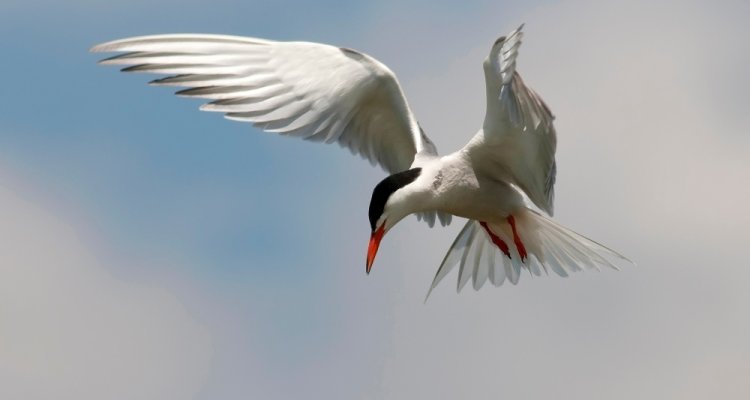
News
'We have to keep a close watch on zoonoses'
“The increase in the extent of zoonoses continues over a longer period of time,” observes Wim van der Poel, research leader 'Emerging and Zoonotic Viruses' at Wageningen Bioveterinary Research (WBVR). He is one of the researchers who contributed to the creation of the RIVM report 'Staat van Zoönosen 2022'.
Report
De Staat van Zoönosen is compiled annually by the National Institute of Public Health and the Environment (RIVM) on behalf of the National Food and Consumer Product Safety Authority (NVWA). WBVR contributes to this report. “Our research findings on zoonoses are included. For example the research we do in our laboratory and outcomes of the zoonoses surveillance programmes we carry out, are used,” says Wim van der Poel.
Van der Poel is not the only WBVR researcher who provided input for the recently published report. “Other colleagues from our institute and from WUR also contributed to reports, chapters or highlighted topics and themes,” Van der Poel said. This years main topic of the ‘Staat van Zoönosen 2022’-report was ‘New food sources and food safety’.
Developments in 2022
The report covers the presence of zoonoses in 2022, a year when corona was still topical. The pandemic has led to a deployment of new techniques and technologies that have accelerated research into zoonoses, notes Van der Poel. “The SARS-CoV-2 pandemic has given a huge boost to the deployment of metagenomics and sequencing technology. Pathogens today are rapidly detected with molecular techniques and then characterised applying whole genome sequencing.”
Keeping pathogens in sight
Corona has contributed significantly to the knowledge of zoonoses and underlined the importance of surveillance programmes, the WBVR researcher believes. “SARS-CoV-2 has taught us that we need to be more aware of the spill over of zoonotic pathogens to multiple species. We saw that with the coronavirus and we are now seeing it with avian influenza. That means we will have to expand our surveillance programmes to multiple species to keep a good eye on zoonotic diseases.”
Zoonotic potential
One of the potential zoonoses currently receiving a lot of attention is avian influenza. “The zoonotic potential of the bird flu viruses currently circulating is an important research topic,” confirms Van der Poel. Several research teams in various countries are investigating this topic. “The bird flu viruses involved in separate outbreaks are fully genetically mapped in order to find out if new variants have emerged that could possibly cross over to humans. And if mammals are infected, a look is also taken in those animals to see if and if so, how the virus changes. This knowledge can give insights in the emergence of variants that could more easily jump to humans."
Increase in zoonoses
Van der Poel notes, based on the reporting in the State of Zoonoses 2022, that zoonoses are also on the rise this year. “This trend started in recent years, is continuing. New zoonoses are also emerging with regularity. It is also notable that in 2022 some zoonoses occur in animal species where they did not occur before. Vigilance through our surveillance programmes, among others, is certainly called for, even now that SARS-Cov2 and avian flu are less dominant in the headlines.”